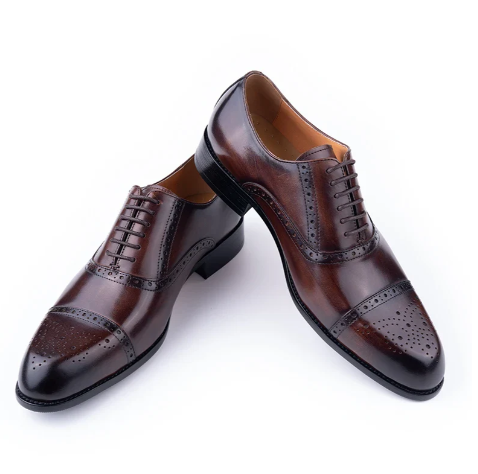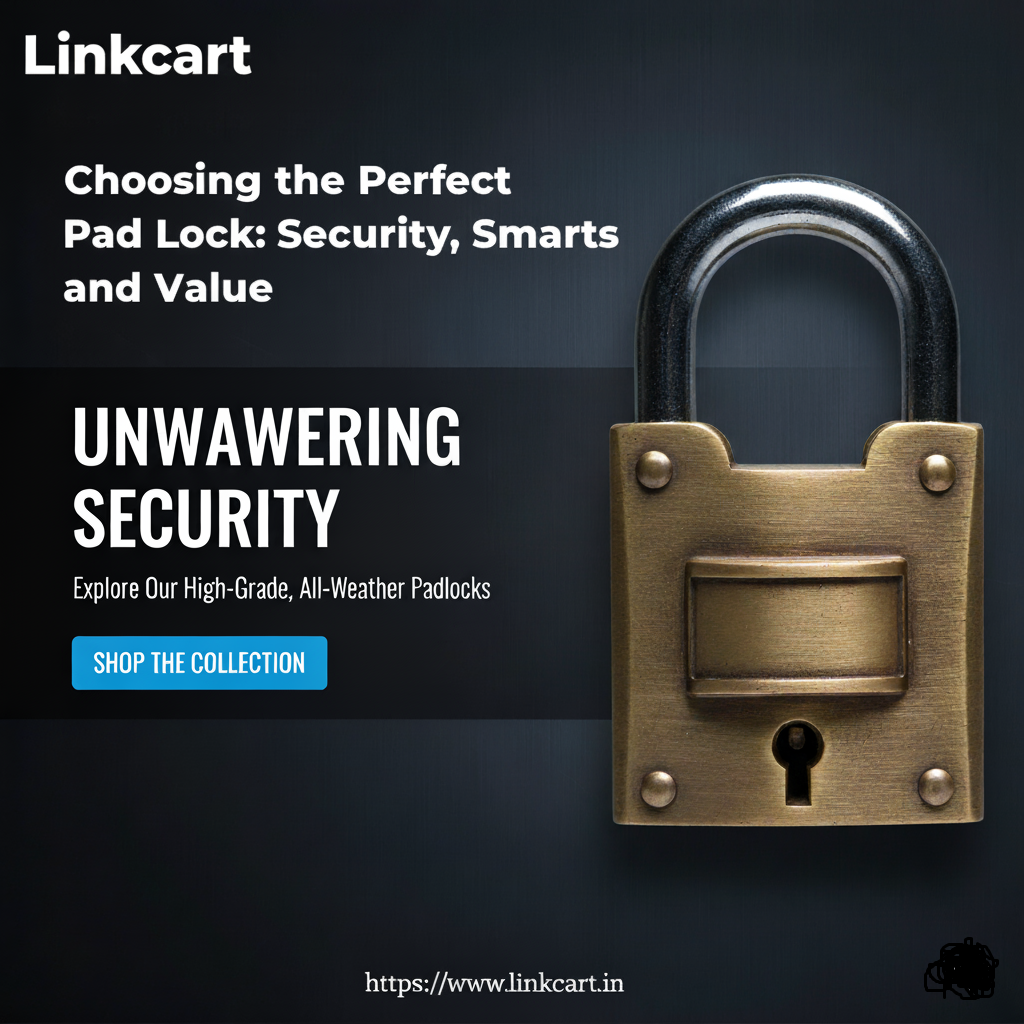The Ultimate Guide to Men’s Business Shoes: Style, Comfort, and Quality

When it comes to men's professional attire, the right pair of business shoes can make or break the look. Whether you are preparing for an important meeting, a business trip, or an everyday office environment, men's business shoes are an essential component of a well-rounded wardrobe. The right shoes not only complete your outfit but also reflect your attention to detail, professionalism, and personal style.
This guide will dive into the world of Men's Business Shoes, covering the different types, materials, styles, and considerations when choosing the perfect pair for your needs.
The Importance of Men’s Business Shoes
Shoes, especially business shoes, are more than just functional—they are a statement of professionalism. A well-chosen pair of shoes can boost your confidence and leave a lasting impression. The right business shoes show that you care about your appearance, are meticulous, and understand the importance of dressing appropriately for the occasion.
In a business setting, your shoes can convey your level of attention to detail, status, and even your ability to adapt to workplace norms. Whether you're working in a corporate office, meeting clients, or attending conferences, the shoes you wear play a crucial role in your overall presentation.
Types of Men’s Business Shoes
Men's Business Shoes come in various styles, each suited for different occasions, personal preferences, and work environments. Understanding the different types of business shoes can help you select the best pair for your needs.
1. Oxfords
Oxfords are perhaps the most classic and formal of all men's business shoes. Known for their closed lacing system, which means the eyelets are stitched under the vamp (the front part of the shoe), Oxfords have a sleek, refined appearance. They are suitable for formal events, business meetings, and office environments that require a high level of professionalism.
Key Features of Oxfords:
- Closed lacing system for a polished look
- Can be made from leather, patent leather, or suede
- Ideal for formal business attire, such as suits
Subtypes of Oxfords:
- Cap-toe Oxfords: These feature a stitched “cap” over the toe, adding a subtle touch of detail while maintaining a formal look.
- Whole-cut Oxfords: Made from a single piece of leather, these shoes offer a smooth, minimalist appearance.
2. Derby Shoes
Derby shoes, often considered slightly less formal than Oxfords, are distinguished by an open lacing system, where the eyelets are sewn on top of the vamp. This design gives the Derby shoe a slightly wider and more relaxed fit, making it more comfortable for those with wider feet.
While still a business-appropriate shoe, Derby shoes can be more versatile, allowing for a wider range of looks, from business casual to slightly formal occasions.
Key Features of Derby Shoes:
- Open lacing system for comfort and adjustability
- Can be made from leather, suede, or a combination of both
- Suitable for business casual and semi-formal outfits
3. Loafers
Loafers are slip-on shoes that are more relaxed than Oxfords and Derbies but still fit well within a business setting. Loafers are often chosen for their ease and comfort, as they require no laces or buckles. This makes them ideal for those who want a polished look without the hassle of lacing up their shoes.
Key Features of Loafers:
- Slip-on design for convenience
- Often made from leather or suede
- Can be dressed up or down depending on the occasion
- Ideal for business casual environments or more relaxed office settings
Subtypes of Loafers:
- Penny Loafers: Featuring a small strap across the top with a slot for a coin, these loafers add a traditional touch to business attire.
- Tassel Loafers: Distinguished by decorative tassels, these loafers offer a slightly more formal look and are great for semi-formal business events.
4. Brogues
Brogues are characterized by their decorative perforations (holes) along the edges of the shoe, giving them a distinctive look. While originally designed for more casual wear, brogues have become a popular option for business attire, particularly when a slightly less formal look is desired.
Key Features of Brogues:
- Perforated detailing on the upper
- Can be made in both Oxford and Derby styles
- Suitable for more business-casual environments
Subtypes of Brogues:
- Full Brogue (Wingtip): This style features a “W” shape on the toe, with additional perforated detailing.
- Semi-Brogue: A more restrained version with brogue detailing around the cap-toe area.
5. Monk Strap Shoes
Monk strap shoes are known for their distinctive buckle or strap closure system, instead of laces. This style offers a refined, elegant appearance that can still be quite formal. They are perfect for men who want something different from the typical lace-up shoe.
Key Features of Monk Strap Shoes:
- Buckles or straps in place of laces
- Can be worn in formal or semi-formal settings
- Offers a unique, sophisticated look
Subtypes of Monk Strap Shoes:
- Single Monk Strap: One strap and buckle across the shoe, offering a minimalist design.
- Double Monk Strap: Two straps and buckles, providing a more statement-making and bold look.
Materials Used in Men’s Business Shoes
The material of Men's Business Shoes can significantly affect both their appearance and durability. Common materials for business shoes include leather, suede, and synthetic options.
1. Leather
Leather is the gold standard for business shoes due to its durability, polished look, and ability to mold to the shape of your feet over time. Leather shoes are versatile and can be worn in both formal and business-casual settings. The type of leather used can vary:
- Full-grain leather: The highest quality leather, often used in premium shoes.
- Top-grain leather: Slightly less durable than full-grain, but still high-quality.
- Patent leather: Glossy and sleek, often used for more formal events.
2. Suede
Suede offers a softer, more casual look compared to polished leather. It’s perfect for business-casual or semi-formal events. However, suede shoes require more care to keep clean and in good condition.
3. Synthetic Leather
Synthetic leather or faux leather is often more affordable than real leather. While it may not be as durable or breathable, high-quality synthetic options can still look quite sophisticated and can work well for business shoes on a budget.
Choosing the Right Men’s Business Shoes
When selecting a pair of business shoes, several factors should be considered to ensure you choose the right pair for your needs:
1. Fit and Comfort
Comfort is paramount, especially if you’ll be wearing your shoes for long hours at a time. Choose shoes with the right fit to avoid blisters and discomfort. Many business shoe brands offer a variety of widths and adjustable options to ensure a proper fit.
2. Occasion and Dress Code
Consider the formality of the event or office environment you will be in. For a formal office or event, Oxfords or Monk straps are your best bet. For a business-casual or semi-formal setting, Derby shoes or loafers might be more appropriate.
3. Durability and Quality
Investing in high-quality shoes made from durable materials will ensure they last for years. Leather shoes, in particular, can last longer if cared for properly, with regular cleaning, polishing, and conditioning to maintain their shine and integrity.
4. Versatility
Look for shoes that can work with multiple outfits. Neutral colors like black, brown, or oxblood are versatile and pair well with most business attire, whether it’s a suit or dress pants.
Caring for Men’s Business Shoes
To keep your Men's Business Shoes looking their best, regular maintenance is key. Here are a few tips:
- Clean and polish regularly: Keep leather shoes clean and polished to maintain their shine and appearance.
- Condition leather: Use leather conditioners to prevent drying out and cracking.
- Store properly: Use shoe trees to help maintain the shape of your shoes and keep them fresh.
Also check: https://allformetoday.com/
Conclusion
Men’s business shoes are an essential part of any professional wardrobe. The right pair can elevate your appearance, complement your outfit, and help you make a great impression in any business setting. By understanding the different styles, materials, and considerations when choosing your shoes, you’ll be equipped to make a decision that reflects your personal style and meets the needs of your workplace. Whether you opt for classic Oxfords, sleek Derbies, or sophisticated loafers, the right business shoes are an investment that will pay off in both comfort and confidence.




